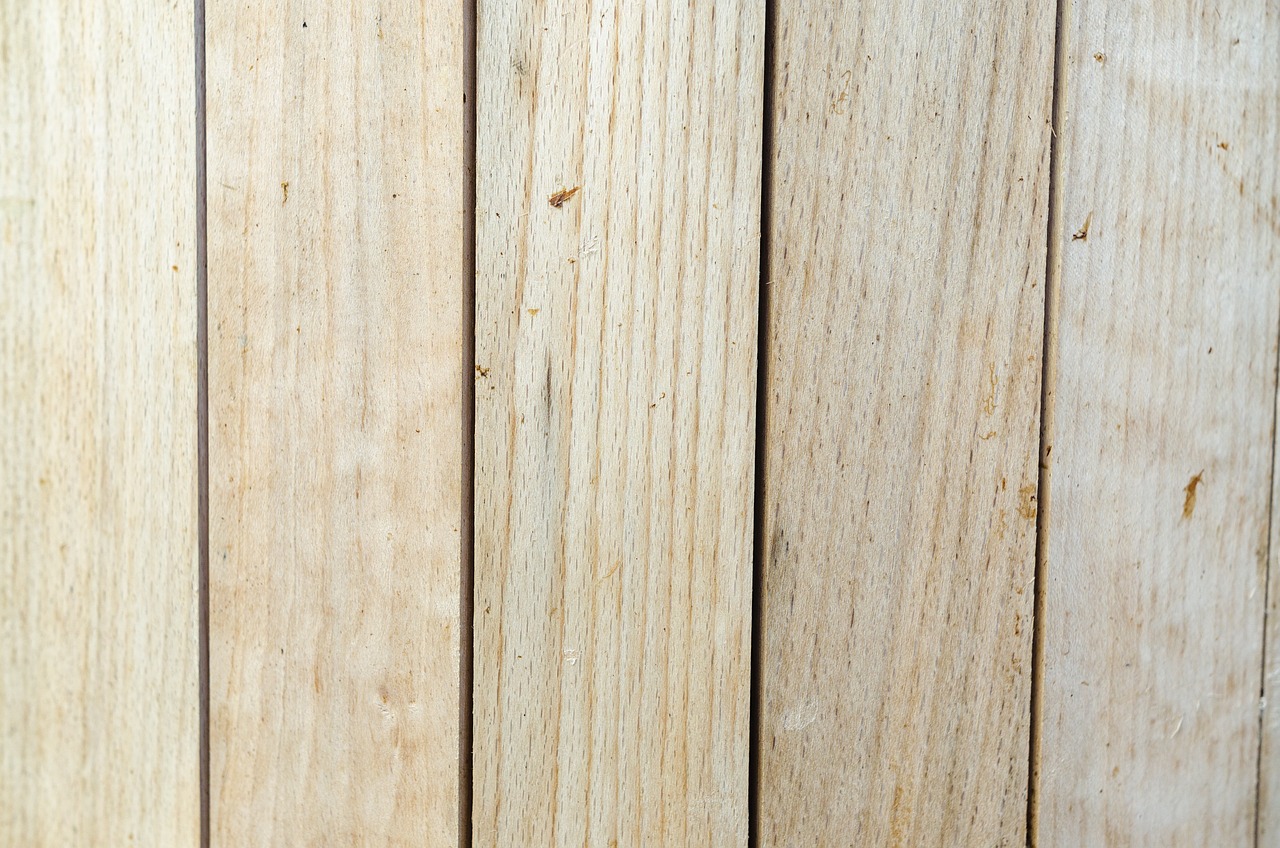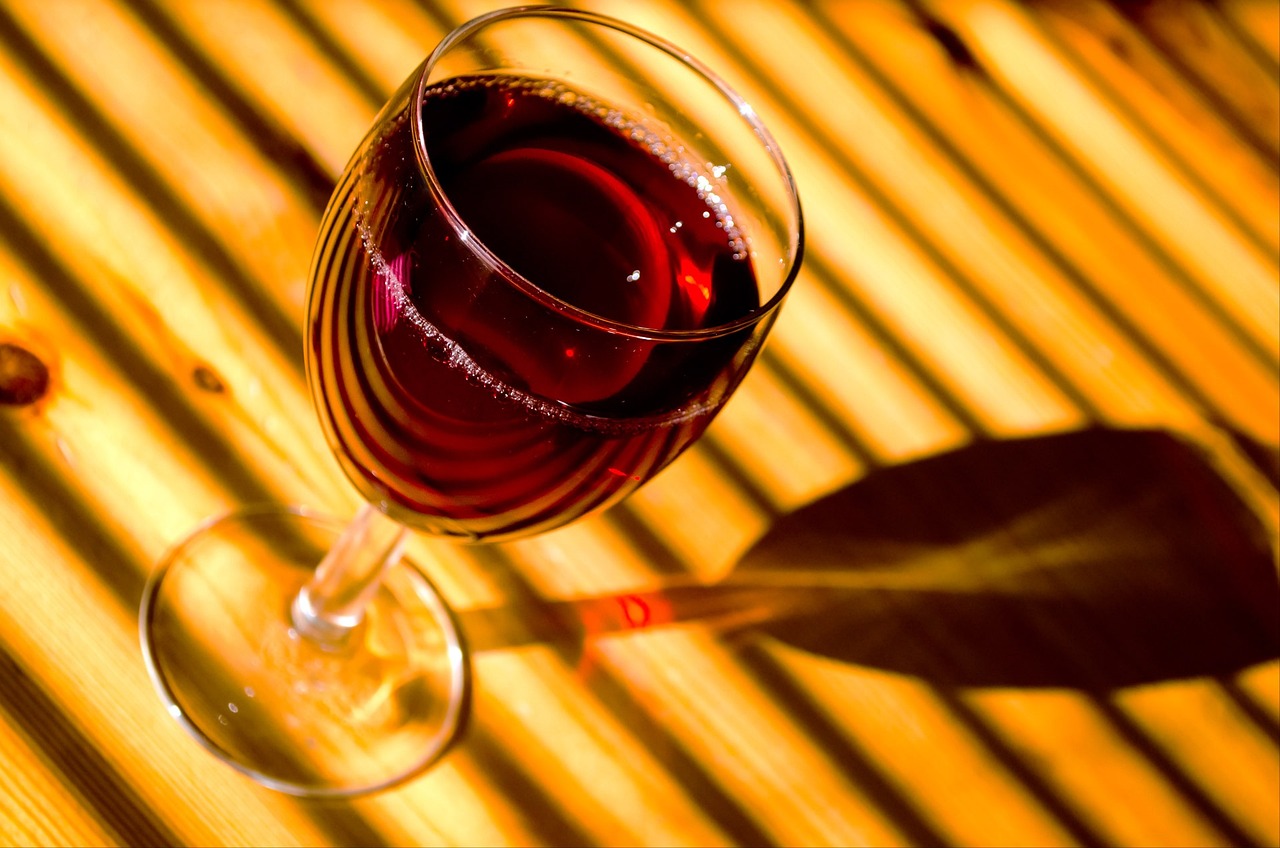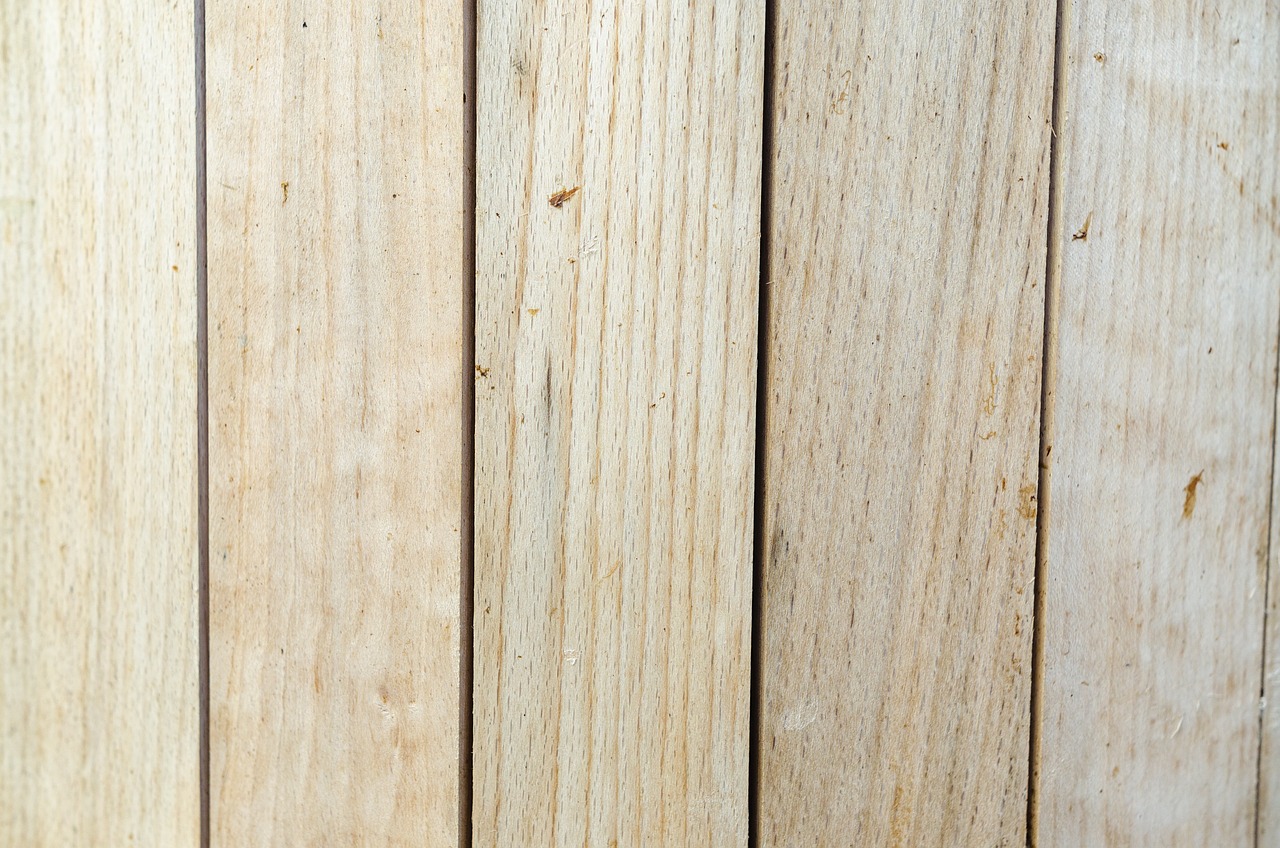Wine making is a complex process that involves several stages, each contributing to the overall quality and character of the final product. One of the most crucial stages in this process is the crushing and pressing of the grapes. This stage not only extracts the juice from the grapes but also plays a significant role in determining the flavor, aroma, and structure of the wine.
The Crushing Process
The first step in making wine is the crushing of the grapes. Traditionally, this was done by stomping on the grapes with bare feet or using manual tools. However, modern wineries now use mechanical grape crushers, which are more efficient and hygienic. The purpose of crushing the grapes is to break open the skins and release the juice, known as “must,” which contains sugars, acids, and other components necessary for fermentation.
How to make mustang grape wine?

Impact on Flavor and Aroma
The crushing process is crucial in shaping the flavor and aroma profile of the wine. The way the grapes are crushed can affect the extraction of phenolic compounds from the skins, which contribute to the color, tannin, and flavor intensity of the wine. Gentle crushing helps retain more delicate flavors and aromas, while more vigorous crushing may result in a more robust and intense wine. Additionally, the duration of the crushing process also plays a role in the extraction of flavors and color compounds.
How to soften tannins in wine?

Pulp Fermentation
After the crushing stage, the crushed grapes, including the juice, skins, and seeds, go through a period of pulp fermentation. During this time, the yeast present on the grape skins interacts with the sugars in the juice, causing fermentation to begin. The pulp fermentation stage typically lasts for several days or weeks, depending on the desired style of wine. This process further enhances the extraction of flavors, colors, and tannins from the grape skins and seeds.
The Pressing Process
Once the pulp fermentation is complete, the next step is the pressing of the grapes. This process involves separating the liquid portion of the pulp, known as the free-run juice, from the solid components, such as grape skins, seeds, and stems. Traditionally, winemakers used manual presses, but nowadays, hydraulic or pneumatic presses are typically used for efficiency and precision.
Extraction of Quality Juice
The pressing stage is critical as it extracts additional juice from the grape solids, which may not have been fully released during the crushing process. This juice, known as the press fraction or press wine, can vary in quality and is often separated from the free-run juice. The press wine is usually higher in tannins and phenolic compounds, which can add complexity and structure to the final wine.
How to rack wine without a siphon?

Different Pressing Methods
Winemakers have the flexibility to use different pressing methods, such as whole-cluster pressing or fractionated pressing, depending on the desired style of wine. Whole-cluster pressing involves pressing the entire grape clusters, including stems and skins, while fractionated pressing separates the clusters into smaller portions. Each pressing method can yield different flavors and characteristics in the resulting wine.
In Conclusion
The crushing and pressing stage in wine making is a vital step that greatly influences the quality, character, and style of the final product. Through careful control of the crushing and pressing process, winemakers can extract the desired flavors, colors, tannins, and aromas from the grapes, ultimately shaping the unique characteristics of each wine.

